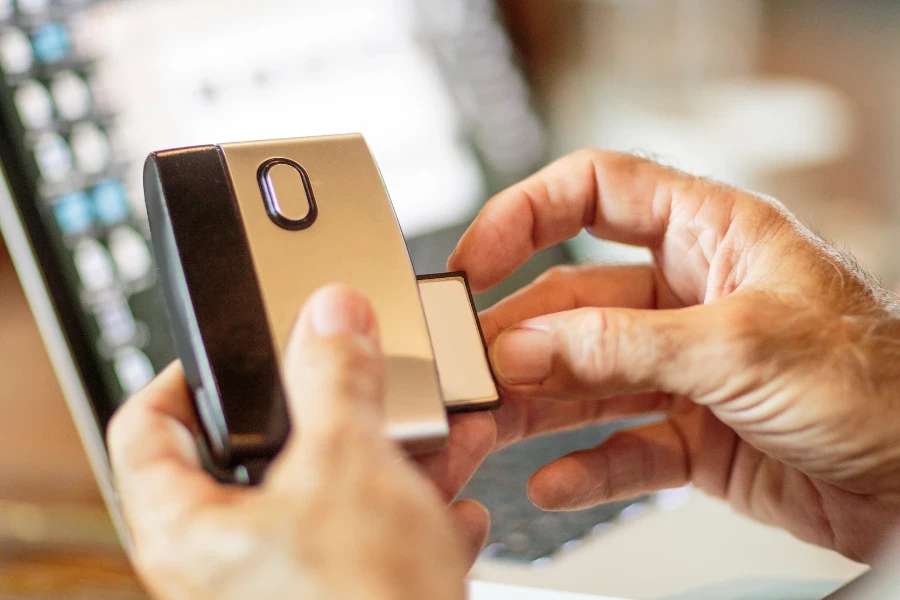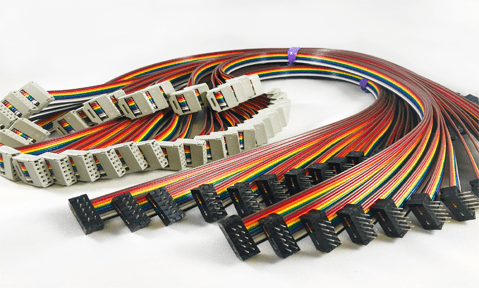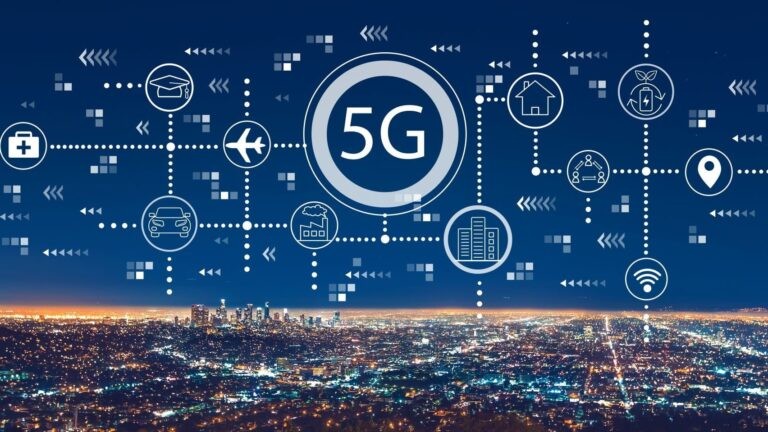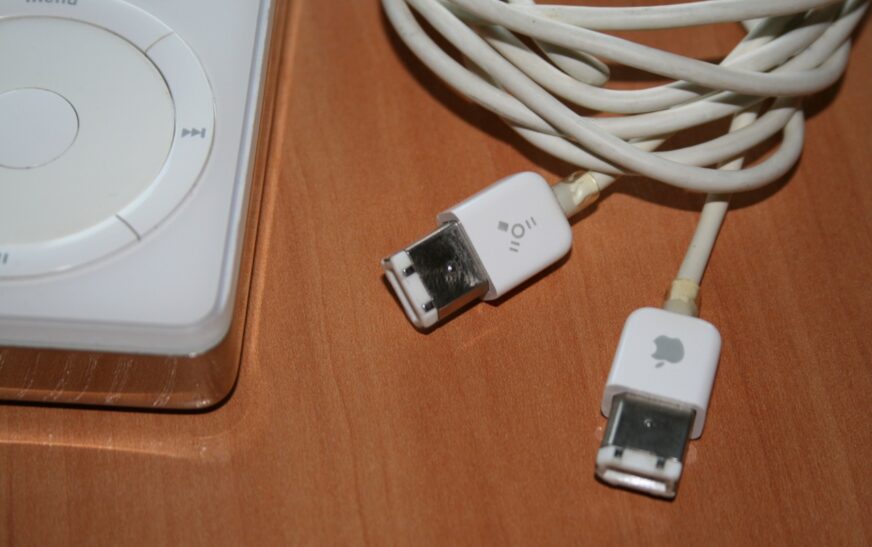In a time characterized by the prevalence of digital media, the capacity to transfer data swiftly and effectively is of utmost importance. Whether it involves professional photographers transferring high-resolution images, filmmakers handling digital footage, or everyday users exchanging files between devices, card readers have emerged as essential tools. These devices enable users to access, transfer, and manage data stored on various memory card formats, including SD cards, microSD cards, and CompactFlash cards, among others. Compact and powerful, card readers have adapted alongside the evolving digital landscape, offering a seamless connection between storage media and computing devices.
This article delves into the history, functionality, types, and applications of card readers, highlighting their importance in the contemporary technology ecosystem. From professional photographers to casual smartphone users, card readers continue to play a crucial role in the efficient management of digital content.
1. The Origins of Card Readers

1. The Necessity for External Data Storage Solutions
With the advancement of digital technology in the late 20th century, the demand for portable and dependable storage options became increasingly significant. The emergence of digital cameras, mobile phones, and various portable devices spurred the creation of flash memory cards, which offered a compact means of data storage. These cards quickly established themselves as the standard for saving photos, videos, music, and documents on mobile devices.
However, early personal computers were not equipped with built-in slots for accessing data stored on memory cards. This limitation led to the invention of the card reader, a device designed to read and transfer data from memory cards to computers or other devices. The initial card readers were created to connect through standard ports such as USB or FireWire, enabling users to conveniently access the contents of their memory cards on their computers.
2. Initial Development and Adoption
The first iterations of card readers were relatively simple, typically supporting only a single type of card. As technology progressed, multi-card readers became increasingly prevalent, allowing users to access various types of memory cards, including SD (Secure Digital), CompactFlash, and Memory Stick, through one device.
Card readers achieved widespread acceptance as digital cameras became more affordable and accessible to the general public. By the early 2000s, they had evolved into indispensable tools for individuals working with digital media. Professional photographers, in particular, depended on card readers to swiftly transfer substantial volumes of image data to their computers for editing and storage purposes.
2. How Card Readers Work

1. Card Reader Technology
At its essence, a card reader is a device that facilitates the access of data stored on a memory card by a computer or other hardware. It serves as a bridge, converting the data from the memory card into a format that the host device can comprehend and utilize. The memory card utilizes flash memory for data storage, which is a form of non-volatile storage that preserves information even when power is disconnected.
The card reader features one or more slots designed to accommodate various types of memory cards. Upon insertion of the card, the reader engages with the card’s flash memory, enabling the host device to read, write, copy, or erase the data contained on the card. Most card readers connect to computers or other devices through USB, although certain readers are integrated into devices such as laptops, cameras, or printers.
2. Types of Memory Cards Supported
Contemporary card readers are designed to support a diverse array of memory card formats, rendering them useful tools for both professionals and consumers. Among the most prevalent memory cards compatible with card readers are:
SD (Secure Digital) Cards: SD cards rank among the most commonly utilized memory cards, especially in digital cameras, video recorders, and smartphones. They are available in various capacities, including SDHC (Secure Digital High Capacity) and SDXC (Secure Digital Extended Capacity).
microSD Cards: A compact variant of the SD card, microSD cards are frequently employed in smartphones, tablets, and action cameras. Card readers that accommodate SD cards generally also feature slots for microSD cards.
CompactFlash (CF) Cards: CompactFlash cards gained popularity in early digital cameras and continue to be favored by some professional photographers due to their robustness and substantial storage capacities.
Memory Stick: This is a proprietary memory card format created by Sony, which was utilized in certain Sony cameras and devices but has largely been supplanted by SD cards.
CFast and XQD Cards: These represent newer categories of memory cards that are gaining traction.
3. Key Features of Card Readers

1. Multi-Card Support
A key feature of contemporary card readers is their capability to accommodate various types of memory cards. This versatility allows users to retrieve data from an array of devices, including cameras, smartphones, drones, and more, all through a single reader. Typically, multi-card readers are equipped with slots for SD, microSD, CompactFlash, and Memory Stick cards, among others.
2. High-Speed Data Transfer
The speed of data transfer is a crucial aspect of card readers, particularly for professionals who need to move large files, such as high-resolution images or 4K video. Many modern card readers are equipped with USB 3.0 or USB 3.1 technology, providing transfer rates of up to 5 Gbps or 10 Gbps, respectively. High-speed card readers are indispensable for professionals who demand rapid and efficient workflows.
3. Portability and Compact Design
Card readers are engineered for portability, with numerous models designed to be compact enough to fit in a pocket or camera bag. This feature makes them particularly suitable for users on the move, whether they are photographers working in the field or travelers wishing to transfer images from their cameras to laptops or tablets. The compact design of these devices ensures ease of transport and usability in various settings.
4. Plug-and-Play Functionality
The majority of card readers provide plug-and-play functionality, allowing for immediate use without the necessity of additional drivers or software installations. This characteristic enhances user-friendliness, enabling individuals to swiftly access their data by simply connecting the reader to a computer or other compatible device.
5. Compatibility with Multiple Operating Systems
Card readers are typically compatible with a diverse array of operating systems, including Windows, macOS, and Linux. This extensive compatibility guarantees that users can access their data on nearly any computer, irrespective of the operating platform they utilize.
4. Applications of Card Readers
1. Photography and Videography
Card readers serve as a vital resource for photographers and videographers managing substantial volumes of digital content. The storage requirements for high-resolution images and videos can be considerable, and the process of transferring these files from a camera to a computer for editing or archiving can be labor-intensive. Card readers facilitate this task by providing rapid data transfer capabilities, thereby enhancing efficiency and saving valuable time.
Many professionals opt for UHS-II SD card readers or CFast readers to expedite their data transfers, allowing them to resume shooting without interruption. The capacity to swiftly offload footage or images is particularly crucial for those operating in fast-paced settings, such as weddings, sporting events, or wildlife photography.
2. Mobile Device Storage Management
Smartphones and tablets frequently utilize microSD cards to augment their storage capacity, particularly for users requiring additional space for photos, videos, or applications. Card readers enable users to transfer files from their mobile devices to computers or external storage solutions, thereby alleviating storage constraints on the device and simplifying the management of extensive data collections.
Certain advanced card readers even provide mobile connectivity options, allowing users to link the reader directly to their smartphones or tablets through USB-C or micro-USB ports. This functionality is particularly advantageous for individuals wishing to transfer files between devices without relying on a computer.
3. Data Backup and Storage
In both personal and professional contexts, card readers are integral to effective data backup and storage management. They allow users to swiftly transfer critical files from memory cards to external hard drives or cloud storage platforms, ensuring that data remains secure and readily accessible.
Photographers, videographers, and other media professionals frequently incorporate card readers into their backup procedures, guaranteeing that their essential files are preserved in multiple locations to mitigate the risk of data loss. This approach is especially vital in sectors where the loss of data could have significant repercussions.
5. The Future of Card Readers
1. Enhancing Data Transfer Rates
As memory cards advance, so too do card readers.






